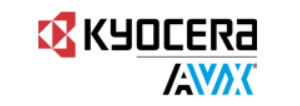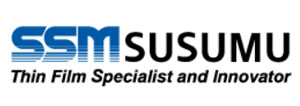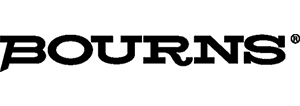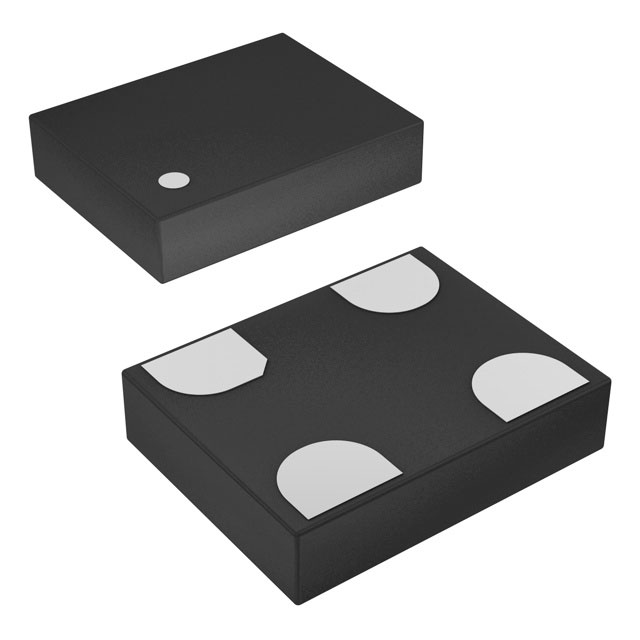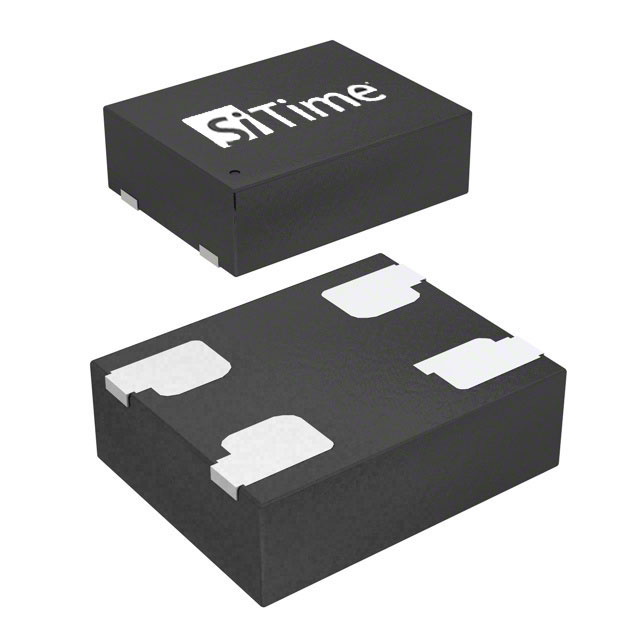Products
Products 

-
Resistors(1216949)

-
Capacitors(1047813)

-
Inductors, Coils, Chokes(121274)

-
Potentiometers, Variable Resistors(30239)

-
Battery Products(7289)

-
Optoelectronics(252007)

-
Power Supplies - External/Internal (Off-Board)(246633)

-
Circuit Protection(213338)

-
Audio Products(10758)

-
Transformers(17477)

-
Crystals, Oscillators, Resonators(513002)

-
Motors, Solenoids, Driver Boards/Modules(17251)

-
Relays(52115)

-
Switches(284364)

-
Fans, Thermal Management(149940)

-
Tools(140620)

-
Soldering, Desoldering, Rework Products(7313)

-
Discrete Semiconductor Products(222132)

-
Connectors, Interconnects(3628430)

-
Cable Assemblies(378447)

-
Cables, Wires(78488)

-
Cables, Wires - Management(92693)

-
Memory Cards, Modules(14273)

-
Sensors, Transducers(128911)

-
Hardware, Fasteners, Accessories(324732)

-
Boxes,Enclosures,Racks(47562)

-
Static Control, ESD, Clean Room Products(6854)

-
Test and Measurement(37623)

-
Prototyping, Fabrication Products(5035)

-
Kits(4505)

-
Integrated Circuits (ICs)(596888)

-
Development Boards, Kits, Programmers(51394)

-
Industrial Automation and Controls(81438)

-
Line Protection, Distribution, Backups(7771)

-
Filters(41829)

-
RF/IF and RFID(107169)

-
Computer Equipment(7913)

-
Isolators(18981)

-
Tapes, Adhesives, Materials(29312)

-
Optics(875)

-
Optical Inspection Equipment(1860)

-
Power Supplies - Board Mount(255471)

-
Networking Solutions(16065)

-
Embedded Computers(4993)

-
Magnetics - Transformer, Inductor Components(6195)

-
Maker/DIY, Educational(1921)

-
Industrial Supplies(73392)

-
Labels, Signs, Barriers, Identification(60818)

NEWS
NEWS 

Contact us 













